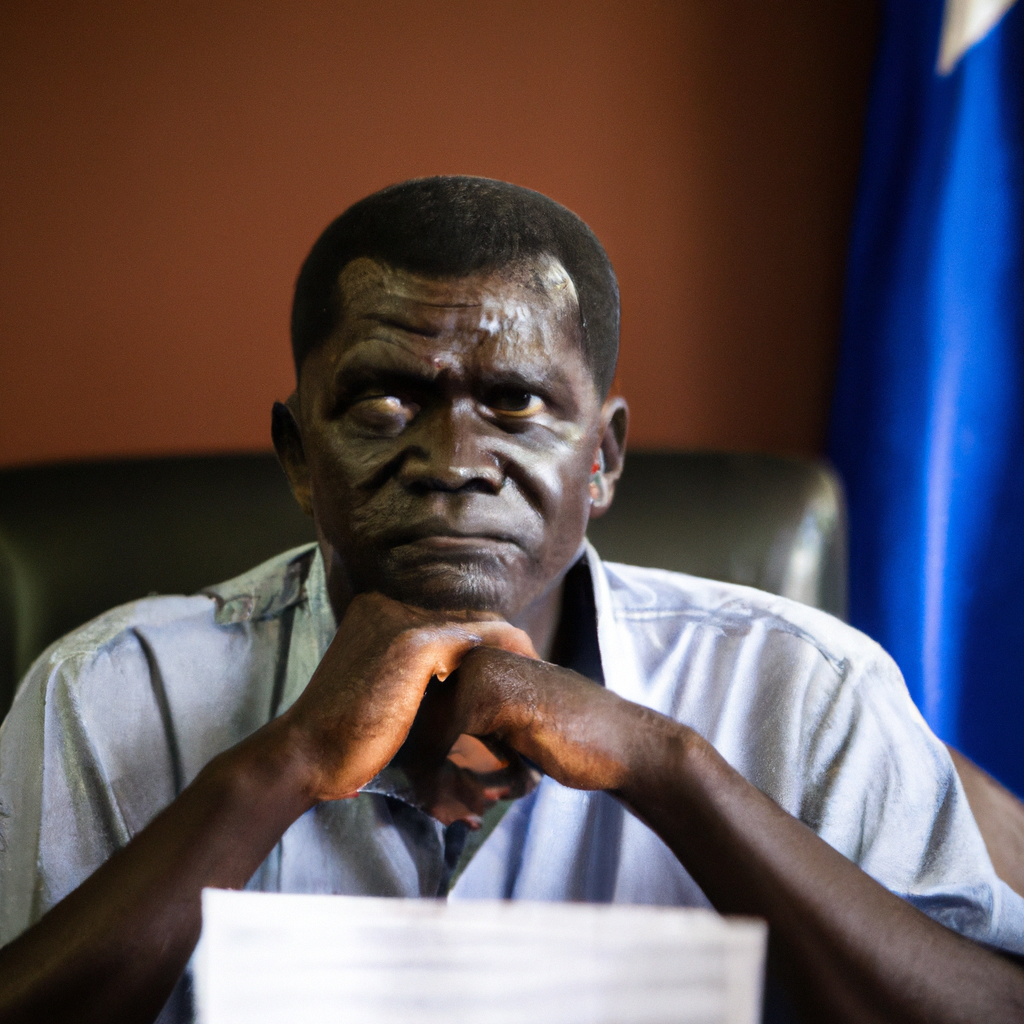After years of dedicated efforts, Uganda has officially eradicated snail fever, also known as bilharzia or schistosomiasis, marking a monumental achievement in public health. The Ministry of Health, along with support from international organizations, confirmed the elimination following rigorous testing and surveillance across the country. This success is attributed to mass drug administration, improved sanitation, and increased health awareness programs, particularly in high-risk areas like the Lake Victoria basin. The milestone promises a healthier future for millions of Ugandans, especially children who are most vulnerable to the debilitating effects of the disease. This achievement positions Uganda as a leader in combating neglected tropical diseases in Africa.
Snail Fever No More
Snail fever, a parasitic disease transmitted through contact with contaminated freshwater, has long plagued communities in Uganda. The disease, characterized by symptoms such as abdominal pain, blood in urine, and fatigue, can lead to severe complications if left untreated. Children often suffer the most, experiencing stunted growth and impaired cognitive development. The Ugandan government, recognizing the significant burden of snail fever, launched an ambitious program to eliminate the disease.
The Ministry of Health spearheaded the initiative, focusing on several key strategies. Mass drug administration (MDA) involved distributing praziquantel, the medication used to treat snail fever, to entire communities in endemic areas. This approach ensured that even asymptomatic individuals received treatment, preventing further transmission. The MDA campaigns were meticulously planned and executed, reaching even the most remote villages in Uganda.
Multi-pronged Approach
Beyond medication, the program also prioritized improving sanitation and hygiene practices. The construction of latrines and provision of clean water sources were crucial in reducing contact with contaminated water. Health education campaigns played a vital role in raising awareness about the disease and promoting preventive measures. These campaigns utilized various communication channels, including radio broadcasts, community meetings, and school programs, to reach diverse populations.
Community health workers were instrumental in the success of the program. Trained to identify cases, administer medication, and educate communities, these individuals served as the backbone of the eradication effort. They worked tirelessly, often in challenging conditions, to ensure that every Ugandan had access to the necessary resources and information. Their dedication and commitment were essential in achieving this remarkable feat.
Surveillance and Monitoring
The eradication program also included robust surveillance and monitoring systems. Regular testing of water sources and human populations allowed health officials to track the prevalence of the disease and identify any potential resurgence. This data-driven approach ensured that resources were allocated effectively and that interventions were targeted to areas most in need. The Ministry of Health established a national database to monitor progress and evaluate the impact of the program.
Partnerships with international organizations, such as the World Health Organization (WHO) and various non-governmental organizations (NGOs), were critical to the success of the eradication effort. These organizations provided technical expertise, financial support, and logistical assistance. Their collaboration with the Ugandan government strengthened the program and ensured its sustainability. The combined efforts of national and international stakeholders proved to be a winning formula.
Implications for Uganda
The eradication of snail fever in Uganda has far-reaching implications for the country’s health and economy. A healthier population is a more productive population, leading to increased economic growth and development. Reduced healthcare costs associated with treating snail fever will free up resources for other pressing health challenges. Furthermore, the elimination of the disease will improve the overall quality of life for millions of Ugandans.
A Beacon of Hope
This achievement serves as a beacon of hope for other African countries struggling with neglected tropical diseases. Uganda’s success demonstrates that with strong political will, effective strategies, and collaborative partnerships, these diseases can be eliminated. The Ugandan model can be replicated in other countries, contributing to a healthier and more prosperous Africa. The eradication of snail fever is a testament to the power of public health interventions and the resilience of the Ugandan people. It marks a new chapter in Uganda’s history, one where the threat of this debilitating disease is no longer a reality.
The long-term impact of this achievement will be felt for generations to come. Children will grow up healthier, attend school more regularly, and reach their full potential. Communities will thrive, free from the burden of snail fever. Uganda’s success story will inspire other nations to invest in public health and strive for a world free from neglected tropical diseases. The eradication of snail fever is a victory for Uganda and a victory for global health.








